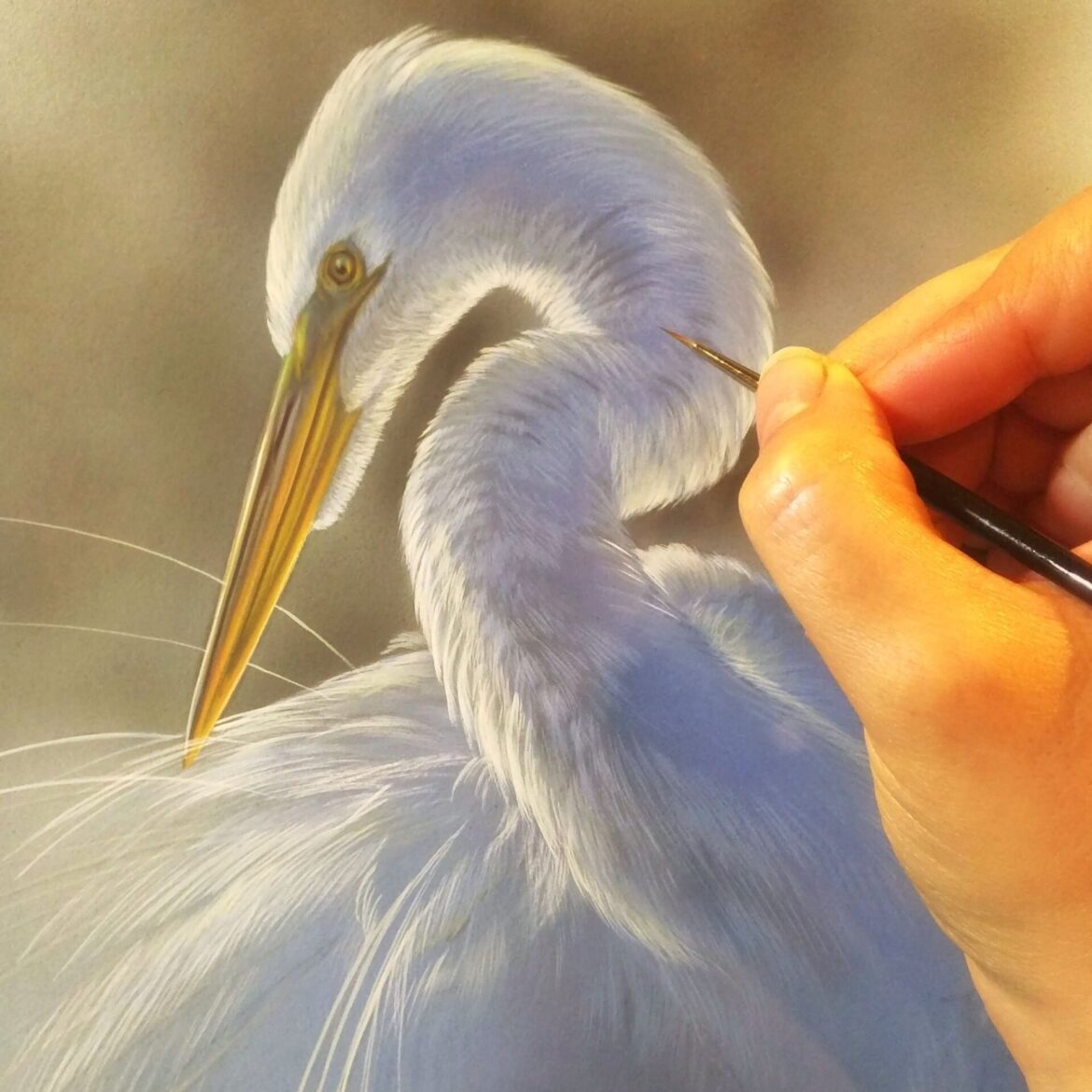Light is more than an element of composition—it is the heartbeat of a painting, the force that shapes mood, depth, and emotion. In wildlife art, light is what transforms a simple depiction into a story, guiding the viewer’s eye and breathing life into the subject.
Every painting begins with an understanding of light. The soft glow of dawn, the golden warmth of sunset, the cool, diffused light of an overcast day—each carries its own atmosphere, its own sense of place. Light defines the contours of an animal’s form, highlights the texture of fur and feathers, and creates contrast that draws attention to movement and expression.
In my work, I am particularly drawn to the way light interacts with nature. The shimmer of sunlight on water, the dappled patterns filtering through forest canopies, the dramatic interplay of shadow and illumination—all of these moments shape the way I approach a painting.
Beyond technique, light carries emotion. A backlit subject, glowing in the last rays of daylight, evokes a sense of quiet reverence. A stark contrast between light and shadow can create tension, mystery, or drama. The way light falls on an animal’s face can change the entire feeling of a piece—softening its gaze, sharpening its intensity, or revealing a fleeting moment of curiosity.
Capturing light in watercolor is both a challenge and a joy. The transparency of the medium allows for delicate layering, creating luminosity that mimics the natural world. Through careful observation and technique, I strive to preserve the essence of light, ensuring that each painting carries the same depth and emotion that I experienced in the wild.
Because in the end, light is not just about visibility—it is about storytelling, connection, and the quiet magic that turns a painting into something truly alive.
